Different Types of Farming: Unlocking the Secrets Behind Agricultural Diversity in India
Published on July 28, 2025
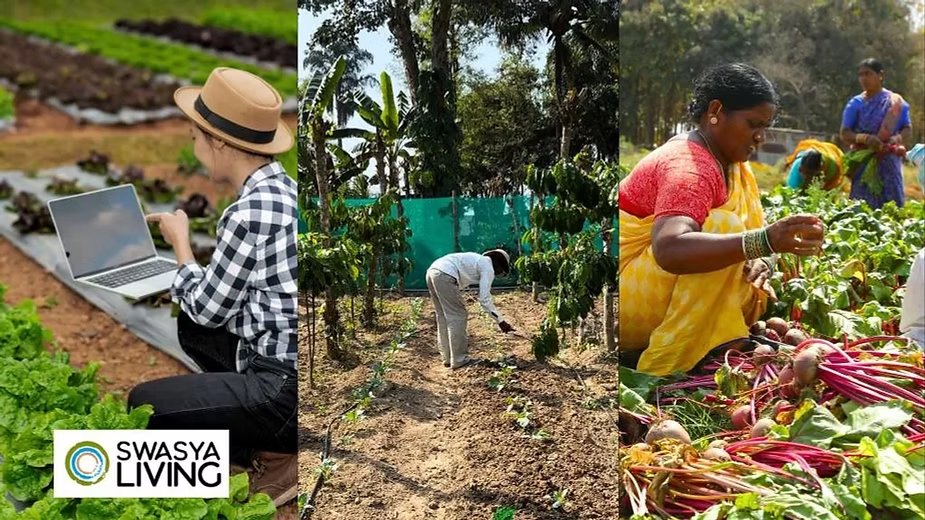
Farming is the backbone of India's economy, with millions relying on agriculture for their livelihood. Different regions and climatic conditions result in the adoption of varied farming methods. These types of farming are crucial for ensuring food security and economic stability.
India's agricultural diversity is a reflection of its vast geographical landscape, varied climates, and rich cultural heritage. From the fertile plains of the Ganges to the arid deserts of Rajasthan, each region has developed unique farming practices suited to its environment. This diversity not only ensures food security but also supports millions of livelihoods across the country.
With crops ranging from staple grains like rice and wheat to specialized cash crops like tea, coffee, and spices, India's agricultural landscape is as diverse as its people.
In this guide, we’ll break down the types of farming and how they play a pivotal role in India's agricultural landscape.
Different Types of Farming
1. Subsistence Farming
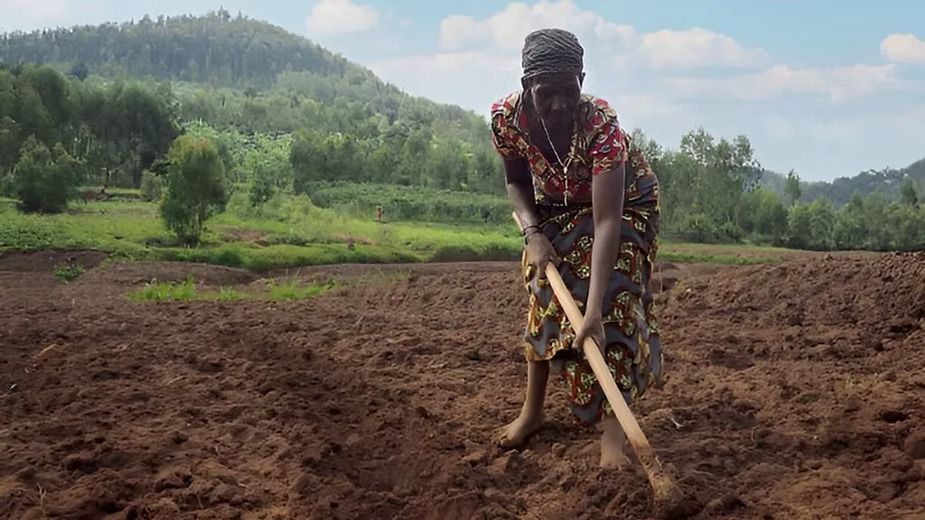
Subsistence farming is the most basic form of agriculture, where farmers grow crops primarily to meet the food needs of their own families. This type of farming is characterized by small plots of land, traditional methods, and minimal technology. In types of farming in India, subsistence farming is prevalent in rural areas where farmers rely on monsoons for irrigation.
Advantages | Disadvantages |
|
|
2. Commercial Farming
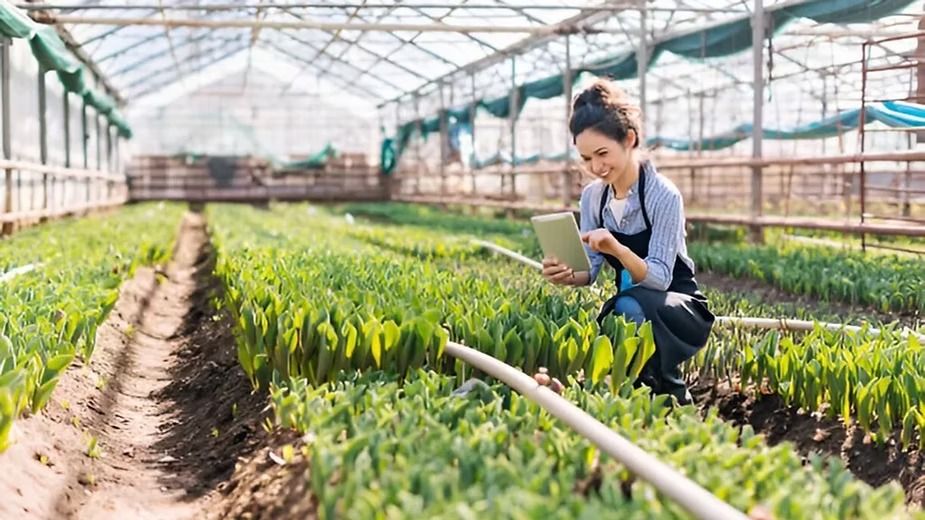
Commercial farming is focused on producing crops for sale in the market. This highly mechanized form of farming uses fertilizers, pesticides, and modern techniques. It is commonly employed in the cultivation of cash crops like cotton, sugarcane, and tea, representing one of the prominent types of farming.
Advantages | Disadvantages |
|
|
3. Plantation Farming
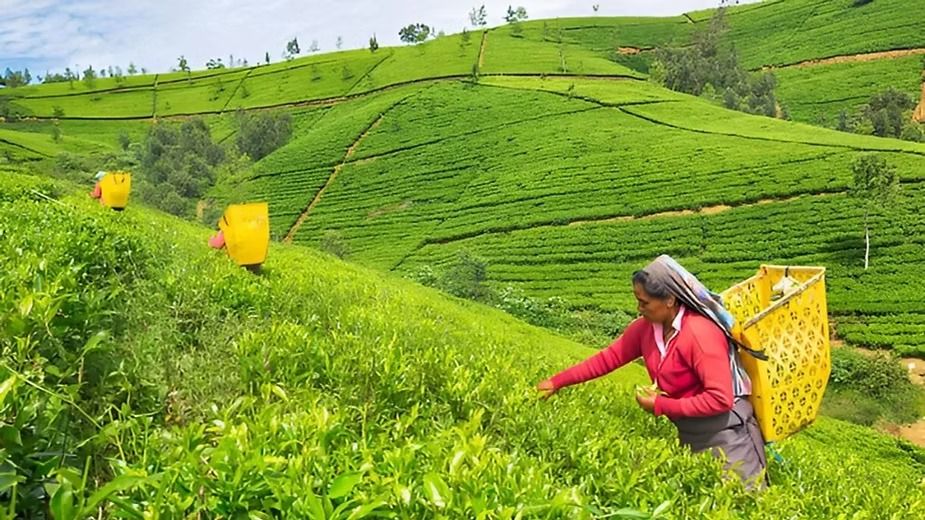
Plantation farming involves large-scale cultivation of a single crop, usually for export. Prominent plantation crops include tea, coffee, rubber, and spices. This method demands substantial investment in land, labour, and infrastructure, and is a key example of different types of farming.
Advantages of Plantation Farming
- High potential for profits due to the export of cash crops, a significant advantage of this type of farming.
- Creates employment opportunities, especially in rural regions, contributing to economic development.
- Promotes the use of advanced agricultural practices, benefiting from the scale and efficiency of types of farming in India.
Disadvantages of Plantation Farming:
- High initial investment and operational costs can be a barrier to entry.
- Vulnerable to global market fluctuations, affecting crop prices and stability.
- May contribute to deforestation and loss of biodiversity, a concern for sustainable different types of farming.
4. Organic Farming

Organic farming is gaining traction due to increased awareness of health and sustainability. It avoids synthetic fertilizers and pesticides, relying instead on natural compost, crop rotation, and biological pest control. This method is a growing trend among types of farming due to its environmental benefits.
Advantages of Organic Farming:
- Produces healthier, chemical-free food, a major benefit of this type of farming.
- Promotes environmental sustainability and improves soil health, aligning with eco-friendly different types of farming.
- Reduces pollution by avoiding harmful chemicals, making it a preferred choice in types of farming in India.
Disadvantages of Organic Farming:
- Requires more labour and time compared to conventional methods, increasing operational challenges.
- Yields may be lower, especially in the short term, compared to more intensive types of farming.
- Organic produce is often more expensive, which can limit market accessibility compared to conventional different types of farming.
5. Shifting Cultivation

Shifting cultivation, also known as slash-and-burn agriculture, involves clearing forested land, cultivating crops for a few years, and then moving to a new area. This traditional method is common in northeastern India and represents one of the historical types of farming.
Advantages of Shifting Cultivation
- Provides a simple and low-cost farming method for rural communities, a basic type of farming.
- Allows the use of forest resources without permanent destruction, supporting biodiversity.
- Promotes crop rotation and forest recovery, characteristic of some different types of farming.
Disadvantages of Shifting Cultivation
- Not sustainable long-term due to soil depletion and deforestation.
- Causes environmental damage and loss of biodiversity, affecting the balance of types of farming in India.
- Requires large tracts of land, making it less feasible in densely populated areas.
6. Dryland Farming

Dryland farming is practiced in regions with low rainfall and arid conditions, such as Rajasthan. Farmers employ techniques like mulching, crop rotation, and water conservation to ensure crop survival in drought-prone areas. It represents a key adaptation among different types of farming.
Advantages of Dryland Farming
- Utilizes land that would otherwise remain barren, a critical strategy in arid regions.
- Encourages efficient use of water and soil conservation techniques, essential for sustainable types of farming in India.
- Suitable for regions with scarce water resources, offering resilience against drought conditions.
Disadvantages of Dryland Farming
- Highly dependent on rainfall, making it vulnerable to drought and water scarcity.
- Requires careful planning and resource management, which can be challenging.
- Yields are generally lower compared to irrigated farming, affecting overall productivity.
7. Intensive and Extensive Farming
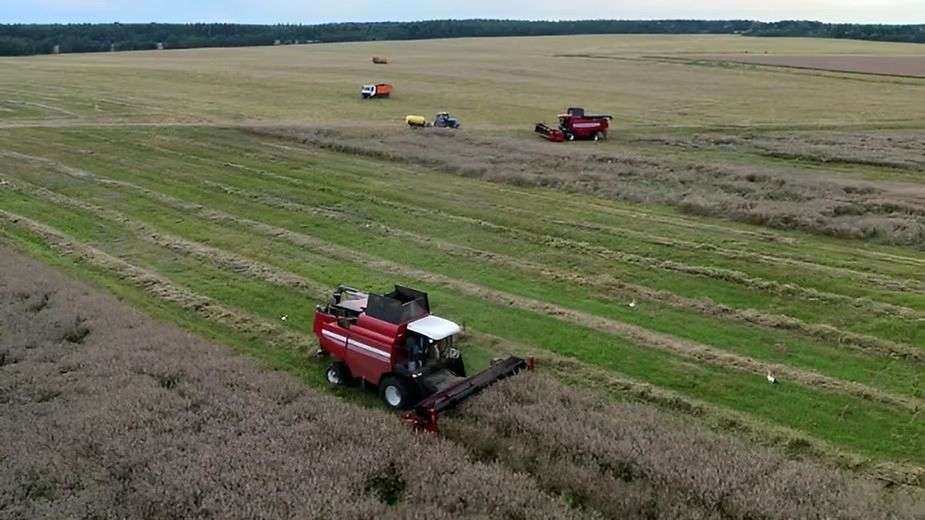
Intensive farming focuses on maximizing output from small land areas through heavy use of chemicals and irrigation, while extensive farming uses larger land areas with minimal input. Both are crucial types of farming in India, adapted to different regions and resources.
Advantages of Intensive Farming:
- Maximizes yield from small plots of land, a key benefit of this type of farming.
- Efficient land use and high productivity, support economic growth.
- Suitable for areas with limited land resources, providing high output.
Disadvantages of Intensive Farming:
- Overuse of chemicals can lead to soil degradation and pollution, a concern for environmental sustainability.
- High input costs for fertilizers, pesticides, and irrigation can be expensive.
- This may lead to over-reliance on chemicals, impacting soil health and long-term productivity.
Advantages of Extensive Farming:
- Uses larger land areas with minimal input, reducing the need for high capital investment.
- Promotes low-cost production methods, suitable for regions with abundant land.
- Allows for natural land recovery and lower chemical use, supporting sustainability.
Disadvantages of Extensive Farming:
- Lower productivity per unit of land compared to intensive farming methods.
- Less efficient in terms of resource use, potentially leading to lower yields.
- Requires large tracts of land, which may not be feasible in densely populated areas.
8. Mixed Farming
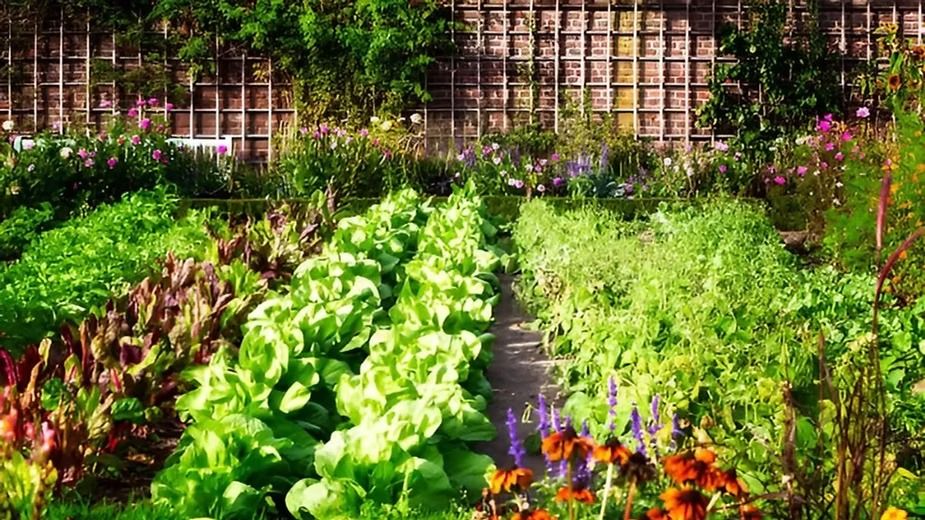
Mixed farming involves cultivating crops and rearing livestock on the same land. It helps in utilizing land resources efficiently and generating multiple sources of income. Common combinations include growing grains along with raising cattle, sheep, or poultry. Types of farming in India often include mixed farming in states like Punjab and Haryana, where farmers practice crop cultivation alongside dairy farming.
Advantages of Mixed Farming:
- Utilizes organic manure, improving soil health.
- Provides year-round employment for farmers.
- Maximizes the use of agricultural byproducts.
Disadvantages of Mixed Farming:
- Requires high initial investment.
- Involves complex management of various enterprises.
- Demands specialized equipment for both crops and livestock.
9. Pastoral Farming

Pastoral farming refers to farming without land cultivation, primarily focusing on the rearing of livestock like cattle, horses, or sheep. This method is essential for producing resources such as wool, hides, meat, milk, butter, and cheese. Pastoral farming typically uses land covered in natural grass.
Advantages of Pastoral Farming:
- Low cost of fodder production.
- Fallow land becomes productive.
Disadvantages of Pastoral Farming:
- Limited fodder production due to lack of ploughing.
- Requires large areas of land, which may not always be available.
10. Pure Arable/Specialized Farming
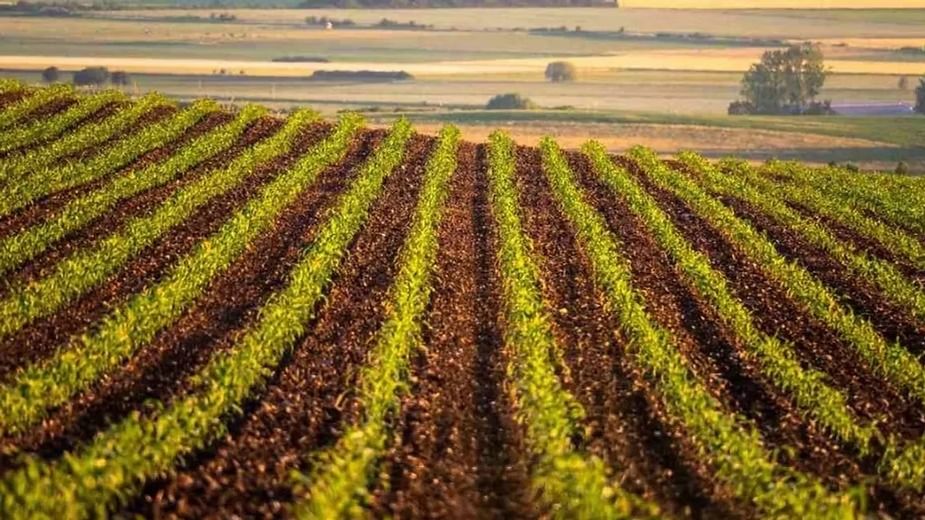
Pure arable or specialized farming refers to a farming practice where more than 50% of the farm's income is derived from a single enterprise, which could be either a crop or livestock. In this form of farming, a particular crop or livestock is chosen due to its suitability to the land and market conditions. For example, if a farm primarily grows wheat and generates most of its income from this crop, it is considered a specialized farm.
Advantages of Specialized Farming:
- Better land utilization with crops suited to the area.
- Enhanced marketing and management focus on a single enterprise.
- Increased skill and expertise in specific farming practices.
Disadvantages of Specialized Farming:
- High risk if the crop fails.
- Limited use of other farm resources.
- Can negatively affect soil health due to lack of crop rotation.
Swasya Living offers a unique opportunity to invest in managed farmlands where the focus is on sustainable and organic farming practices. With their expertise, Swasya helps you own a piece of agricultural land without the day-to-day hassle of farm management. They take care of everything from soil quality maintenance to crop selection and irrigation, ensuring high-quality yield while maintaining ecological balance. Their managed farmlands also offer farm-to-table experiences, giving investors a chance to benefit from both financial returns and a deeper connection to nature. Learn more at Swasya Living.
Conclusion
India's agricultural diversity is reflected in the wide range of farming methods practiced across the country. From subsistence farming to large-scale commercial operations, each type of farming offers unique benefits and challenges, making it essential for farmers to choose the right method based on their resources, land, and market conditions. Whether it's maximizing productivity with intensive farming or preserving environmental health through organic methods, these practices ensure the country's food security and contribute to the economy. Understanding the pros and cons of each type of farming allows for more informed decision-making, ultimately enhancing the sustainability and efficiency of the agricultural sector.
